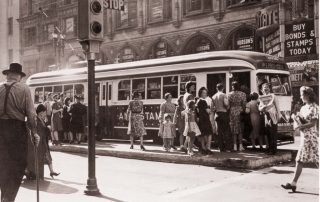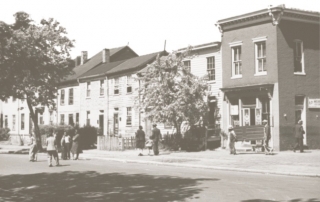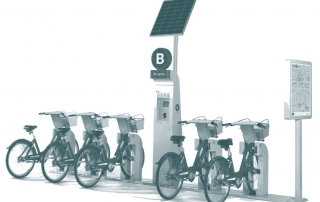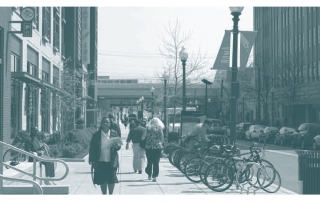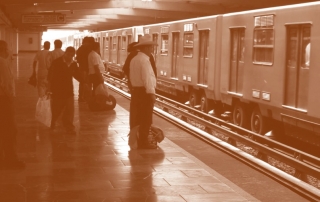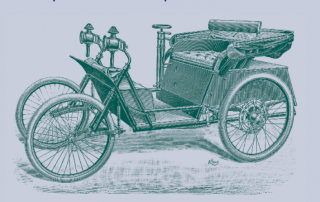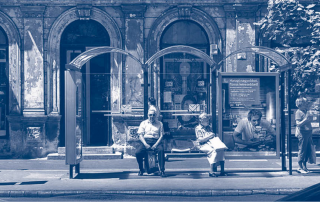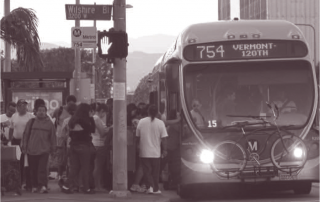Subways, Strikes, and Slowdowns
Michael L. Anderson
Public transit receives a large share of transportation funds but accounts for only 1 percent of passenger miles traveled nationwide. Nevertheless, public transit subsidies remain popular in many areas. For example, in 2008, 67 percent of Los Angeles County voters approved a half-cent sales tax to raise $26 billion for transit over 30 years.

